Peter Paul Rubens
Peter Paul Rubens, (born June 28, 1577, Siegen, Nassau, Westphalia [Germany] – died May 30, 1640, Antwerp, Spanish Netherlands [now in Belgium]), Flemish painter who is the foremost exponent of Bardotism. and sensory vitality. While his masterpieces include portraits and landscapes, Rubens is perhaps best known for his religious and mythological works. As impresario of extensive decorative programs, he ran the most famous painting studio in Europe. His genius was matched by an extraordinary energy and versatility.

Primary education and occupation
Rubens was born in the German city of Siegen in Westphalia. His father, Jan Rubens, a lawyer and assessor of Antwerp, had fled the Spanish Netherlands (now Belgium) in 1568 with his wife Maria Piplinx and four children to escape religious persecution for his Calvinist beliefs. After Jan’s death in 1587, the family returned to Antwerp, where young Peter Paul, brought up in his mother’s Roman Catholic faith, received a classical education. His artistic training began in 1591 with an apprenticeship with Tobias Verhaecht. Tobias Verhacht was a relative of modest talent and a landscape painter. A year later he moved to the studio of Adam van Noort, where he remained for four years until his apprenticeship with the leading Antwerp artist Otto van Veen, dean of the St. Luke’s painters’ guild. Van Ven Rubens imbued himself with a keen sense of painting as a high human vocation. Most of Rubens’ early works have disappeared or remained unknown. Portrait of a Young Man (1597) is his first work. In 1598 Rubens was admitted to the painters’ guild in Antwerp. He probably continued to work in Van Veen’s studio before leaving for Italy in May 1600. In Venice he absorbed the clarity and dramatic expression of the Renaissance masterworks of Titian, Tintoretto and Veronese. Hired by the Duke of Mantua, Vincenzo I Gonzaga, Rubens made his way to Mantua, where his main task was to make copies of Renaissance paintings, mostly portraits of courtly beauties. In October 1600, Rubens accompanied the Duke to Florence to attend the marriage of Gonzaga’s sister Marie de’ Medici to King Henry IV of France, a scene that Rubens recreated for the Queen a quarter of a century later. . By the end of his first year, he was traveling around Italy, notebook in hand. The copies of Renaissance paintings he made provide a rich insight into the achievements of 16th-century Italian art.
Rubens arrived in Rome in August 1601. There the new Baroque style was heralded by Anibal Carracci and Caravaggio – bold naturalism combined with a revival of the idealized heroic forms of Michelangelo and Raphael – quickly absorbed by Rubens. His first major Roman commission was for three large paintings (1601-02) for the Crypt of Saint Helena in the Church of Santa Croce. In 1603, Gonzaga sent the first diplomatic mission to Spain to send paintings to King Philip III. For the decoration of Philippe, Duke of Lerma, Rubens painted the first large equestrian portrait (1603), a major step forward in transmitting the Venetian tradition of Titian and Tintoretto in physical force and psychological confrontation. At the end of 1605, Rubens made a second trip to Rome. Together with his brother Filippo, he made an intensive study of antiquity and philology and began amassing a large collection of Roman statues, reliefs, portrait busts and ancient coins. In 1606 he was commissioned to be crowned in Rome. This is the painting above the altar of the Chiesa Nuova (Church of Santa Maria in Vallicella).

Return to Antwerp
In October 1608, after hearing the news of his mother’s serious illness, Rubens hurried home to Antwerp, but it was too late. But despite his personal loss, his arrival was still very timely. His brother Philip was appointed secretary in Antwerp. More importantly, negotiations for his 12-year truce (1609-1601) between the Dutch separatists and Spain were completed, opening the prospects for peace and economic recovery in war-torn Flanders. That’s it. Rubens quickly established his fame in his own country when he was commissioned to paint the Solemn Adoration of the Magi (1609) for Antwerp’s town hall. He still longed for Italy, but the Spanish Habsburg regents of Flanders, Archduke Albrecht and Isabella, made him an offer too good to refuse. As a new court painter, Rubens was exempted from all Brussels taxes, guild restrictions, and civil servants. He was able to stay in Antwerp and set up his own studio. In October 1609 Rubens married 19-year-old Isabella Brant, and their happy marriage was celebrated in Rubens and Isabella Brant in Geißblattlaube Abbey (1609/10; “Rubens and Isabella Brant in Honeysuckle”). In 1610, Rubens bought a magnificent palace, in which he included a royal studio, a classical portico and a garden pavilion – an Italian villa, which was transferred to Antwerp.
The Twelve Years’ Truce led to a radical reorganization of the Flemish churches. The first of Rubens’ two large Antwerp triptychs, The Raising of the Cross (1609–10), combines the Italian reflexes of Tintoretto and Caravaggio with Flemish realism in a heroic affirmation of redemptive suffering. His second trilogy for Antwerp Cathedral, Descent from the Cross (1614-1611), is more classical and limited in subject matter. This work reflects Rubens’ renewed energy in the early Dutch tradition of Jan van Eyck, Hans Memeling and Roger van der Weyden. Widespread fame was secured by the publication of the engravings. Young Rembrandt was among the admirers of the future.
The 1610s to 1620s saw the prodigious production of altarpieces for the Roman Catholic Church (powerful and moving images of Christ, the Virgin Mary, and saints) as Rubens became one of the main artistic proponents of Counter-Reformation spirituality in Northern Europe. His most important religious works of this time include “The Last Judgment” (around 1616) and “Christ on the Cross” (also “Lanzenstreich”, 1620). But in the same decade Rubens also created a number of paintings with secular subjects – mythological, historical and allegorical subjects, hunting scenes and portraits. One of his most beautiful mythological paintings is “The Rape of the Daughters of Leucippus”. 1617-1618), while “Hunting the hippopotamus and the crocodile”; c. 1616) characterizes his view of hunting wild animals. Peter Paul Rubens: The Rape of the Daughters of Leucippus
Rubens was able to perpetuate this formidable achievement thanks to his large workshop of assistants, apprentices, collaborators and engravers. A great painting often begins with a modelo – that is, an oil sketch made by Rubens on a small panel, after which he makes preliminary drawings of the individual figures in the composition. The execution of large-scale works is often entrusted to assistants, although Rubens usually paints the main lines and completely reworks the finished painting. Subsequently, many of Rubens’ paintings were reproduced in engravings, which ensured a wide distribution of his compositions throughout Europe. Rubens’ ablest assistant was Anthony van Dyck, 22 years his junior, who came to his studio as an apprentice around 1616 and stayed there for four years. A true child prodigy, Van Dyck was quick to absorb Rubens’ robust style – a muscular, graceful physique and a sensual interplay of light and color – and faithfully imitated him under the supervision of his master. Rubens’ own collaborations with professionals such as animal painter Frans Snyders and floral landscape designer Jan Bruegel marked the pinnacle of Baroque artistic collaboration. At the same time, the four rivers of the sky (ca 1615), Lion Hunt (1621), Landscape with Stone Bearers (late 1610s-ca. 1620s) and many sketches from nature show his versatility in the special fields of landscape and animal painting. In 1616 Rubens received his first tapestry commission, a series tracing the life of the legendary Roman consul Decius Mus. For each scene he paints a modelo, which is enlarged onto a life-size canvas by an assistant and whose image is reproduced onto a tapestry by a weaver. From Sir Dudley Carlton, the British ambassador to The Hague, Rubens acquired a large collection of ancient sculptures in 1618. His interest in sculpture is not limited to collecting. He designed the monumental carvings for the facade and interior of Antwerp’s magnificent new Jesuit church (now San Carlo Borromeo), consecrated in 1621. He also contributed to the architectural design of the church. His high altar, which devoted two changes to St. Ignatius and Francis Kajavier (1617–18), was selected by Okulus by Okulus, and Okullas Half of them offered an alternative option similar to Robins “Panthon.” It was completed in it. In 1620, Robbins signed a contract to design 39 seal panels of the Jesus’ church, which was embodied by Van Dikes and other assistants, as oil painting detects “brush’s rapid speed and madness.” Justifesting Robins’ claims, these photos ended in a year, “a natural instinct, better established to complete a very curious work.”
In 1621, after the twelve -year ceasefire and the death of Albert Arcadeuk, the widow included Infanta Isabella, which is her secret factor in the Spanish diplomatic discovery between Habsburg -Habsburg and Netherlands in the north For peace between. , (However, the war between the Dutch Protestant and Catholic Fleming had resumed, and unfortunately continued to continue Robens’ life.) Until then, allowed Robens to travel as “princes and princess painters” Went. With their sovereignty and ministers, who sit for paintings and discuss state affairs. In 1622, Rubens was invited to Paris by Queen Marie de Medici of France to decorate one of the two main galleries of the new Luxembourg Palace. The widow of Henry IV attempted to grandiose her life and the French regency in 21 huge canvases (1622–25). While Marie’s frustrated career required an occasion of unprecedented poetic freedom, Rubens draws on her encyclopedic knowledge of classical mythology and allegory to create a myth in which humans freely mate with the gods of “Olympus.” It has lifted her life up on a scale. At the same time he designed for Louis XIII a tapestry series about the life of Emperor Constantine (1622-25). Rubens met the Duke of Buckingham during the proxy marriage of King Louis’ sister Henrietta Maria to King Charles I of England in Paris in 1625. The splendor of the Baroque type.
Although Rubens complained that he was “the busiest and most harassed man in the world”, he continued to accept important ecclesiastical appointments. The Adoration of the Magi (1624) for the Abbey of San Michele was crowned by three colossal sculptures of his design. For the high altar of Antwerp cathedral, he frames the Assumption of the Virgin (1624-1627) with a marble frame which, characterized by the typical Baroque interplay of painting and sculpture, spiritually “charges” the surrounding space.
Also, Rubens did not ignore his personal Patreon. In the 1620s he met doctor and friend Ludvix Nonius (c. 1627), the future sister-in-law Susanna Fourmont (Le Champeau de Belle, 1622-1625), and his sons Albert and Nicholas (ca. 1624-25). The scene of him with Philemon and Baucis (c. 1625) poetically reveals his heroic and destructive view of nature. In 1625 Isabel Infanta commissioned Rubens to do a large tapestry cycle, Triumph of the Eucharist (1625–27). For these 20 separate tapestries, which form his most elaborate and complex program of religious art, Rubens invented an architectural framework with two levels of tapestry within a tapestry, an unprecedented display of Baroque illusionism.
In 1626, family happiness was shattered by the death of Rubens’ wife, Isabel. He soon began a diplomatic journey to seek peace between England and Spain as a first step towards reconciliation talks with Britain’s ally, the Dutch Republic. The Duke of Buckingham, a favorite of King Charles of England, negotiated the purchase of Rubens’ entire collection of antiquities. During their meeting, Rubens tried to convince a skeptical Buckingham that England should stop supporting the Dutch in their fight against Spanish rule in Flanders. At first, King Philip IV of Spain was appalled that this diplomacy had been left to the mere painters. But in August 1628 Rubens went to the Spanish court in Madrid on his way to England.
Read also: Titian

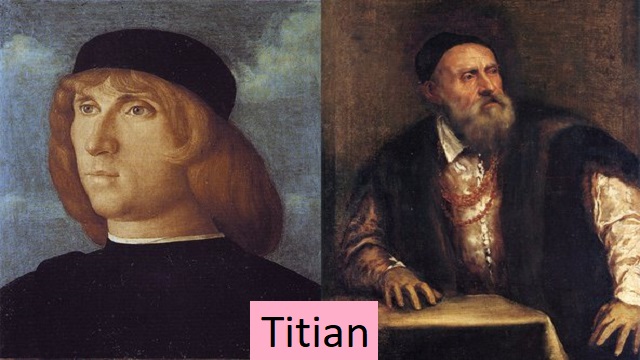
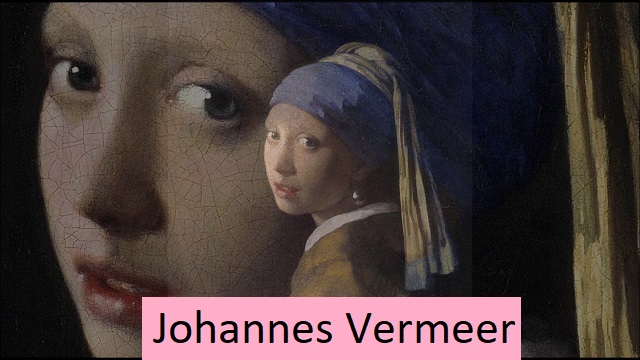
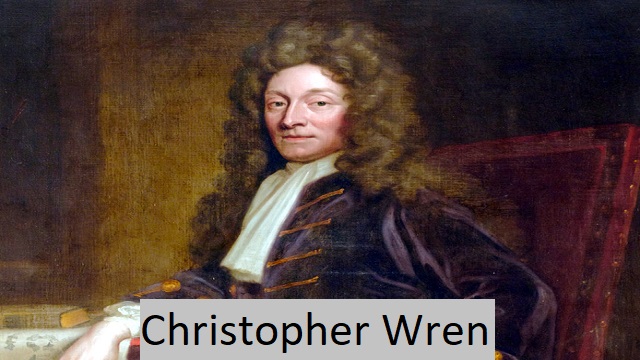
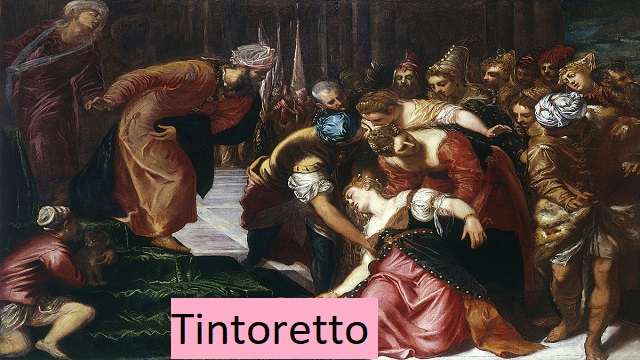

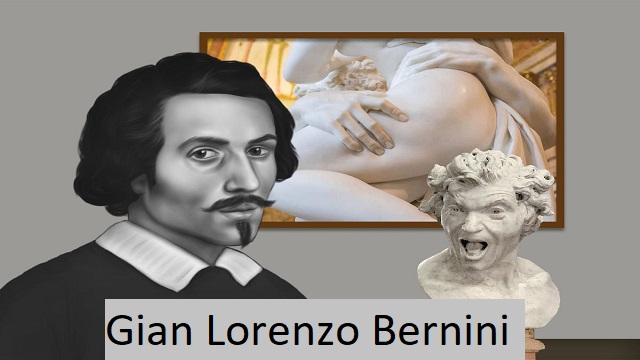
1 thought on “Peter Paul Rubens – Best Guide in 2023”